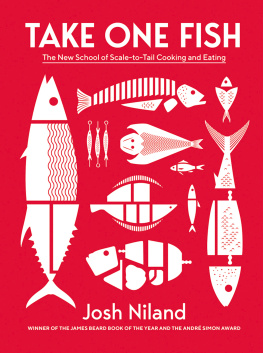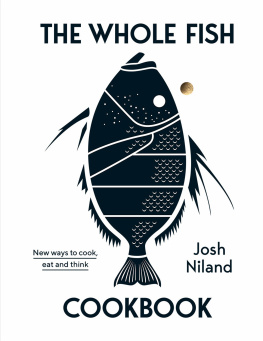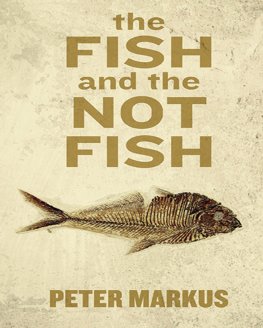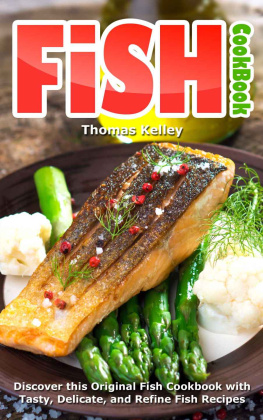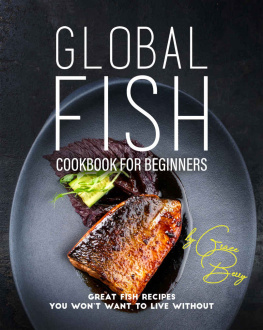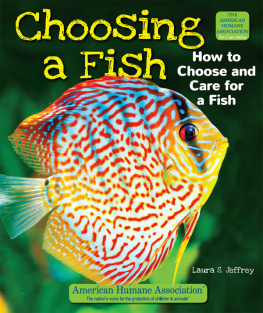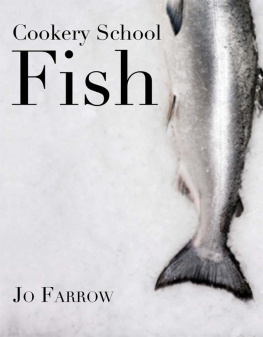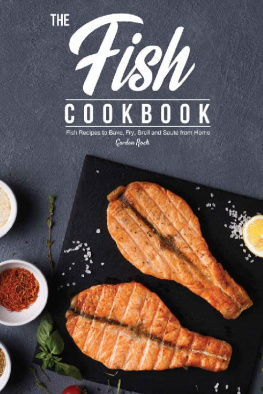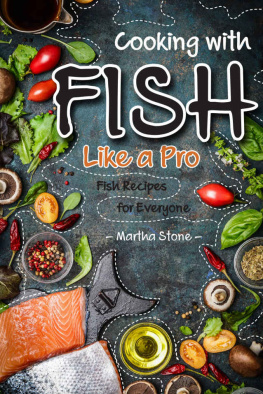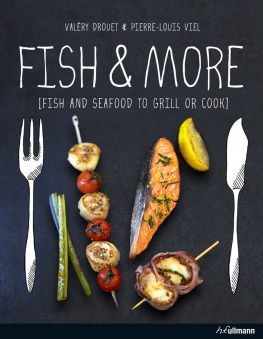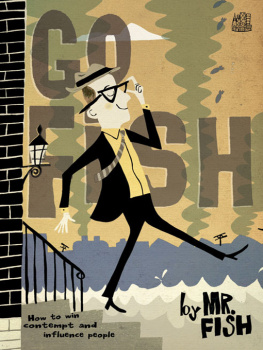
To Julie Niland, my wife, thank you for your friendship, kindness and support. For the past 12 years we have been inseparable and 10 years of marriage later we find ourselves with so much to be thankful for.
To my Mum and Dad, Stephen and Marea Niland. I know since leaving home at 17 I havent ever really looked back, but thank you for your unconditional love. The resilience, grit and determination you gave me from a young age is a gift that I only hope I can pass on to my children.
To Hayley and Ian Edmunds, your support, love and kindness means the world to me, thank you.
Monica Brown, your loyalty and friendship over these years has proved essential in the continued growth of both me personally but also our business as well.
To my good friends Marty, Dean, George, Brendan and Tony. Your mentorship and wisdom always brings me great joy and I value your friendship more and more as the years go by. Thank you, gents.
To Jane Willson and the Hardie Grant team, without your tenacity and enthusiasm as a publishing company neither The Whole Fish Cookbook nor Take One Fish would have been written. To Simon Davis, Daniel New, Rob Palmer, and Steve Pearce and Jessica Brook of Sage Creative, thank you for your patience and eye for detail. And to the teams at Fish Butchery and Saint Peter, thank you from the bottom of my heart for continuing to show up and exceed expectations.
It is truly remarkable to be a part of your lives and I value all of you a great deal. Thank you.
Having grown up assuming a sardines natural habitat was a can, I have since developed a particular fondness for this very special, oily little fish.
Capable of bringing incredible nuances of flavour to a dish, sardines should be celebrated in the same way as truffles or caviar particularly as they offer this up at a fraction of the cost! However, many struggle to see past their strong flavour, tiny bones and rapid deterioration post-capture all obstacles that can be overcome with a bit of thought and planning.
When sardines arrive in my kitchen, it is a priority to process them and see them on the menu hours later. The guts (and potentially the head, depending on how they are to be served) are removed, mixed with salt and fermented into a fish sauce (see ) that I believe everyone should have. Then the fillets are taken off the bone cleanly and keeping the shape of the fillet as natural as possible and are served unadulterated on a warm plate with extra-virgin olive oil and grilled bread. If you havent tried a sardine like this, in its most natural form, then I urge you to do so, as it will give you an understanding and appreciation for this delicate and beautiful ingredient. My other preferred treatment is to grill them whole over charcoal, which delivers such incredible flavour that it makes the job of picking through the bones after cooking no burden at all.
Although sardines are readily available year-round, there are particular moments when they are at their best. When looking for quality sardines, be sure there is an even armour of scales, no abrasions or gaping holes around the stomach, clear eyes, fins and tail intact, and theres a touch of green, blue and silver in their colouring. The flesh of the sardine should be firm, rosy red and have a nice seam of fat that sits on top of the lateral line beneath the skin.
Alternatives
ANCHOVIES BLUE MACKEREL MULLET
Points to look for
CLEAR EYES INTACT BELLY
Best cooking
RAW GRILLED CURED
Accompanying flavours
SAFFRON LEMON THYME OLIVES CITRUS CURRANTS
CHARCOAL SARDINES IN SAFFRON VINEGAR AND ALMOND OIL
This simple combination of saffron, almond and sardines is a wonderful way to kick off this book. The saffron vinegar brings an elegant floral sweetness that perfectly complements the savoury minerality of the grilled sardines and the subtle almond oil. These flavours also work with plenty of other small, richly flavoured fish, such as anchovies or mackerel. It is important that the whole sardines are rested for a couple of minutes after grilling to ensure the flesh comes away from the bone nicely.
Enjoy the sardines on their own like this to start a meal, or serve with glazed fennel and new potatoes for something more substantial.
SERVES 4 AS A STARTER OR 2 AS A MAIN
8 sardines, gutted, head and tail on
80 ml (2 fl oz/ cup) grapeseed oil
sea salt flakes and freshly cracked black pepper
1 tablespoon almond oil
or fish sauce, to taste
slivered almonds, to garnish (optional)
Saffron vinegar
small pinch of saffron threads
1 litre (34 fl oz/4 cups) chardonnay vinegar
To make the saffron vinegar, add the saffron to the vinegar in a sterile mason (kilner) jar or clean airtight container. Stir to combine and store at room temperature for a minimum of 24 hours. Obviously, the longer you can leave this vinegar to develop flavour the better it can be made well in advance and will keep indefinitely in the pantry, gradually becoming more flavourful. Use it in salad dressings.
Either preheat a chargrill pan over a high heat or a charcoal grill with evenly burnt-down embers.
Thread the sardines onto metal or soaked bamboo skewers. Brush with the grapeseed oil and season with salt flakes.
Grill for approximately 1 minute on each side, or until evenly coloured and the flesh is warm to the touch. Carefully tip the grill rack to free the fish onto a clean surface. Alternatively, use an offset spatula to free the sardines from the grill. While you want the skin to be well coloured, it is critical that the sardines are still a little underdone. The saffron vinegar will finish off the cooking process.
Leave the fish to rest for 2 minutes.
Brush the sardines with almond oil and season with a little more salt and a touch of pepper, then place them in the centre of a plate. Dress with a liberal spoonful of the saffron vinegar, garum or fish sauce to taste, and a few drops of almond oil, and top with a few slivered almonds, if you like.
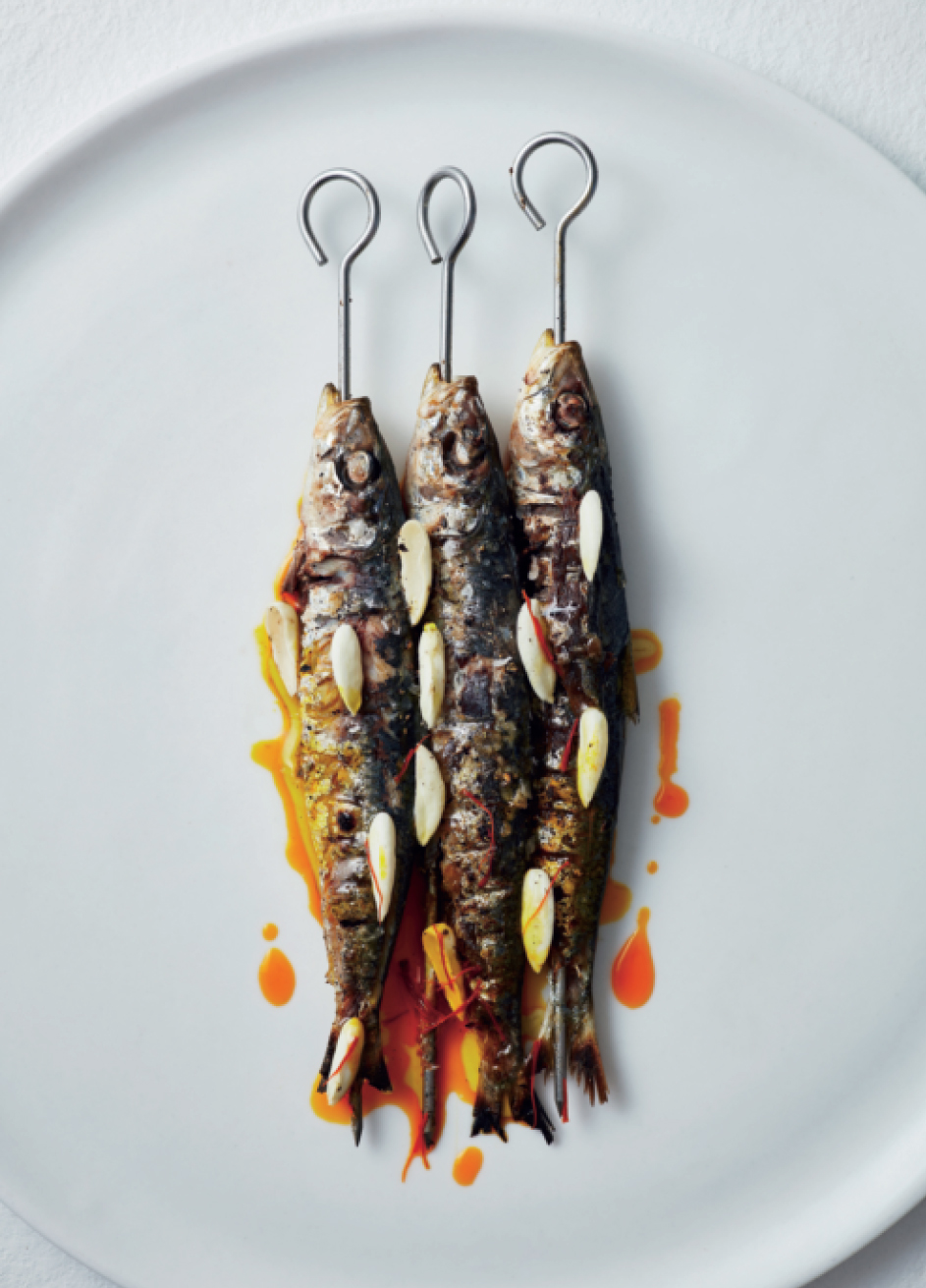
PISSALADIERE AND PICHADE
I fell in love with these two tarts while working in a Nioise-style restaurant a number of years ago. It was far too difficult to decide which to include in this book, so I thought Id do both. Traditionally from Genoa in Liguria, pissaladire is made with caramelised onion, olives, salted anchovies and a focaccia-style bread, while Pichade de Menton is similarly adorned but the caramelised onion is replaced with a base of slow-cooked tomatoes. Both are packed full of umami and are universally loved.
I decided to use fresh sardines here instead of salted anchovies. I know! Not exactly traditional, but I find the bright minerality and clean flavours of fresh sardines actually balance the dish better. Ive also replaced the bread with a sour cream pastry, which gives a rich, slightly soft centre where the toppings sit but also has crisp, buttery edges. The pastry shell can be prepared ahead, as can all the toppings, so break down the recipe into individual tasks during the week and share these tarts with loved ones on the weekend. Serve with a simple salad of dandelion and pink lady apple, or make them into bite-sized portions for a glamorous canap option.
SERVES 4
1 quantity
12 whole fresh sardines, scaled, filleted and ribs removed
24 Ligurian olives, pitted and halved
60 ml (2 fl oz/ cup) extra-virgin olive oil
Next page
